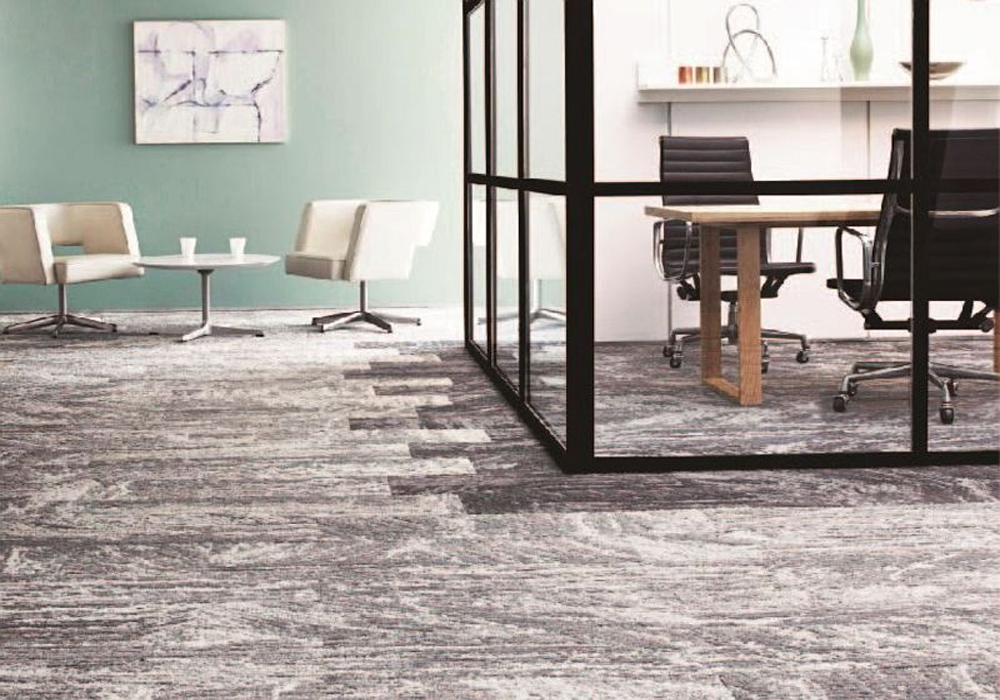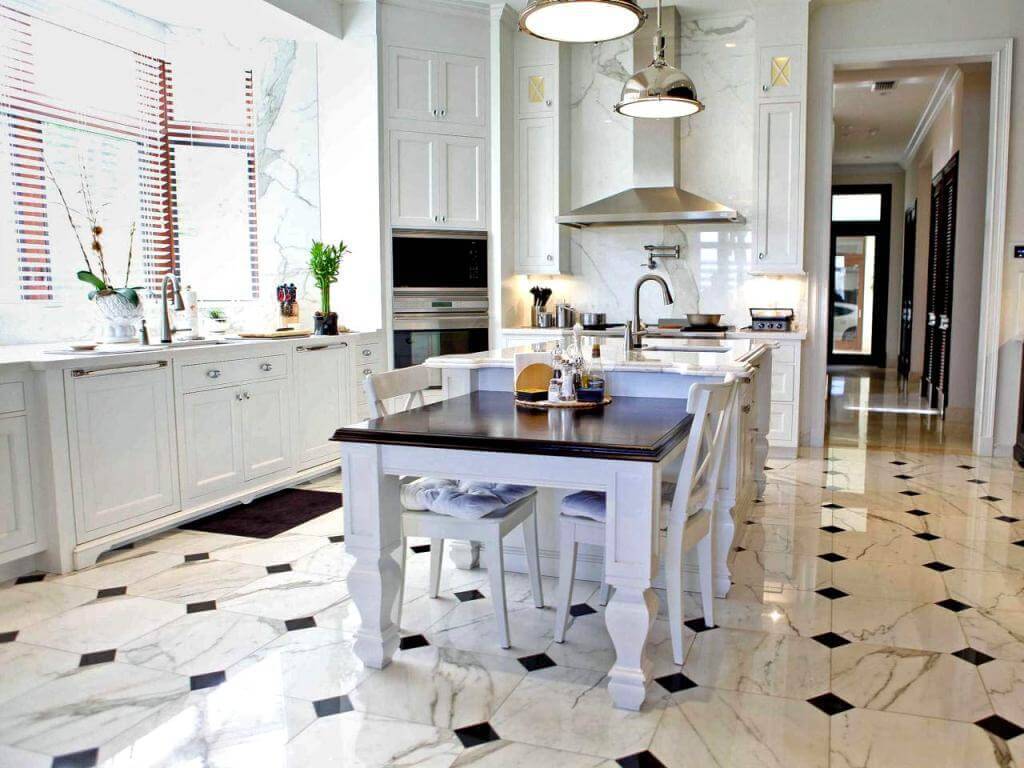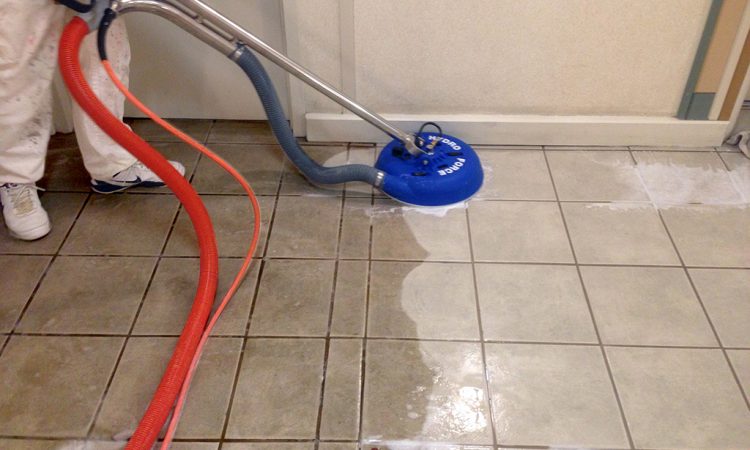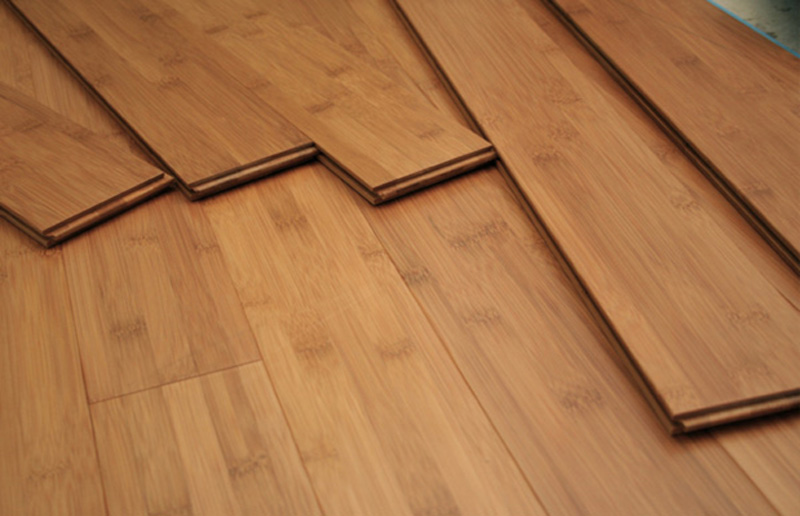
Home Styles – How Well Do You Know Home Architecture?
 For building designers and architects, it is not surprising that many people mistakenly characterize the style of the home. Some if not most of you will give the term “catch-all”, traditionally. If asked, what characteristics make up traditional architecture, the answers given can vary greatly from others who have their own ideas about what is “Traditional”. Webster’s Dictionary defines words derived by, or according to tradition. The fact is, traditional is really not a style at all. However, there are many design professionals who use this term for good reason to promote and market their goods and services. This is understandable given the fact that many in the general public are familiar with the term.
For building designers and architects, it is not surprising that many people mistakenly characterize the style of the home. Some if not most of you will give the term “catch-all”, traditionally. If asked, what characteristics make up traditional architecture, the answers given can vary greatly from others who have their own ideas about what is “Traditional”. Webster’s Dictionary defines words derived by, or according to tradition. The fact is, traditional is really not a style at all. However, there are many design professionals who use this term for good reason to promote and market their goods and services. This is understandable given the fact that many in the general public are familiar with the term.
Due to regional differences and our diverse populations, Residences in the US are presented in many architectural styles and sizes. Most residences can be categorized in one or more design styles. Home styles can be distinguished when they are aligned with known facts about design features. People in architecture usually call this “period style” because of the distinguished presentation and parallel existence with history.
Of the many design styles that are spread throughout the United States, only a few are original to the country. Perhaps the best known was popularized and developed by a group of Chicago Architects known as the Prairie School. From the professional group that created Prairie architecture, Frank Lloyd Wright is perhaps the most famous. Other original styles include American Craftsman, American Foursquare, Colonial, and many more. In terms of other architectural styles, the list is too long to mention. Thus, some of the styles favored by many people are French, Mediterranean, Tudor, Greek and Gothic Revival architecture.
If you are currently looking for home designs with a certain style, look for a Residential Designer who is familiar with the specific …
Home Styles – How Well Do You Know Home Architecture? Read More







